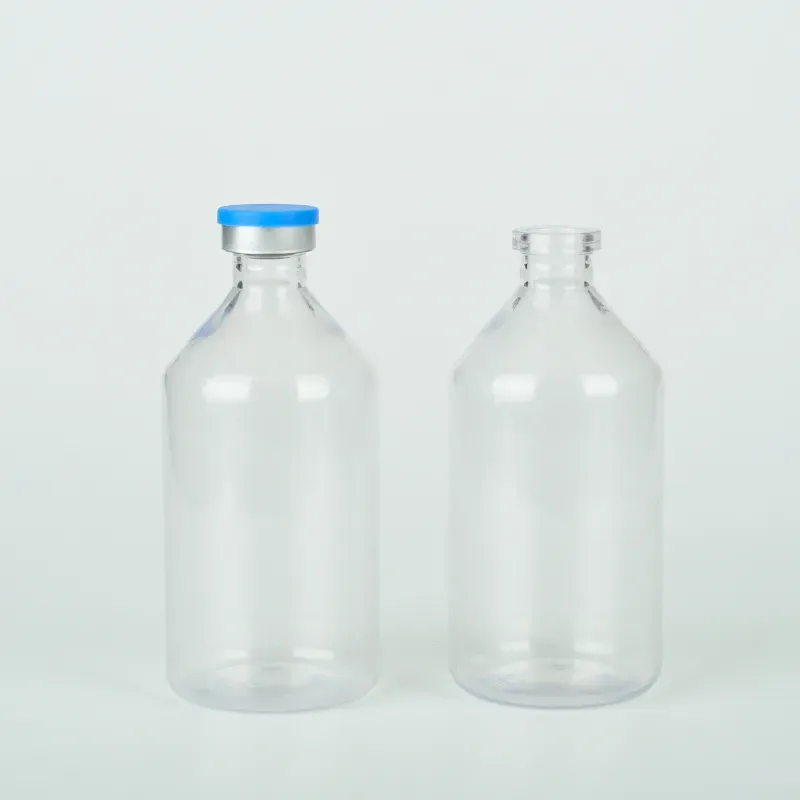
-
 Afrikaans
Afrikaans -
 Albanian
Albanian -
 Amharic
Amharic -
 Arabic
Arabic -
 Armenian
Armenian -
 Azerbaijani
Azerbaijani -
 Basque
Basque -
 Belarusian
Belarusian -
 Bengali
Bengali -
 Bosnian
Bosnian -
 Bulgarian
Bulgarian -
 Catalan
Catalan -
 Cebuano
Cebuano -
 Corsican
Corsican -
 Croatian
Croatian -
 Czech
Czech -
 Danish
Danish -
 Dutch
Dutch -
 English
English -
 Esperanto
Esperanto -
 Estonian
Estonian -
 Finnish
Finnish -
 French
French -
 Frisian
Frisian -
 Galician
Galician -
 Georgian
Georgian -
 German
German -
 Greek
Greek -
 Gujarati
Gujarati -
 Haitian Creole
Haitian Creole -
 hausa
hausa -
 hawaiian
hawaiian -
 Hebrew
Hebrew -
 Hindi
Hindi -
 Miao
Miao -
 Hungarian
Hungarian -
 Icelandic
Icelandic -
 igbo
igbo -
 Indonesian
Indonesian -
 irish
irish -
 Italian
Italian -
 Japanese
Japanese -
 Javanese
Javanese -
 Kannada
Kannada -
 kazakh
kazakh -
 Khmer
Khmer -
 Rwandese
Rwandese -
 Korean
Korean -
 Kurdish
Kurdish -
 Kyrgyz
Kyrgyz -
 Lao
Lao -
 Latin
Latin -
 Latvian
Latvian -
 Lithuanian
Lithuanian -
 Luxembourgish
Luxembourgish -
 Macedonian
Macedonian -
 Malgashi
Malgashi -
 Malay
Malay -
 Malayalam
Malayalam -
 Maltese
Maltese -
 Maori
Maori -
 Marathi
Marathi -
 Mongolian
Mongolian -
 Myanmar
Myanmar -
 Nepali
Nepali -
 Norwegian
Norwegian -
 Norwegian
Norwegian -
 Occitan
Occitan -
 Pashto
Pashto -
 Persian
Persian -
 Polish
Polish -
 Portuguese
Portuguese -
 Punjabi
Punjabi -
 Romanian
Romanian -
 Russian
Russian -
 Samoan
Samoan -
 Scottish Gaelic
Scottish Gaelic -
 Serbian
Serbian -
 Sesotho
Sesotho -
 Shona
Shona -
 Sindhi
Sindhi -
 Sinhala
Sinhala -
 Slovak
Slovak -
 Slovenian
Slovenian -
 Somali
Somali -
 Spanish
Spanish -
 Sundanese
Sundanese -
 Swahili
Swahili -
 Swedish
Swedish -
 Tagalog
Tagalog -
 Tajik
Tajik -
 Tamil
Tamil -
 Tatar
Tatar -
 Telugu
Telugu -
 Thai
Thai -
 Turkish
Turkish -
 Turkmen
Turkmen -
 Ukrainian
Ukrainian -
 Urdu
Urdu -
 Uighur
Uighur -
 Uzbek
Uzbek -
 Vietnamese
Vietnamese -
 Welsh
Welsh -
 Bantu
Bantu -
 Yiddish
Yiddish -
 Yoruba
Yoruba -
 Zulu
Zulu
150mm Tissue Culture Dish for Enhanced Cell Growth and Research Applications
The Importance of 150 mm Tissue Culture Dishes in Cellular Research
Tissue culture has become an essential technique in biological and medical research, enabling scientists to study the behavior of cells in a controlled environment. One of the critical tools in this field is the tissue culture dish, and among these, the 150 mm tissue culture dish is particularly noteworthy. This article delves into the significance of these dishes, their applications, and the advantages they offer in scientific research.
Understanding Tissue Culture Dishes
Tissue culture dishes, also known as petri dishes, come in various sizes and are typically made from materials such as polystyrene. The 150 mm dish offers a larger surface area compared to standard dishes, which are usually 60 mm or 100 mm in diameter. This increased area allows for a more substantial growth capacity for cells, making it ideal for both cell culture and various experimental applications.
Applications in Research
The 150 mm tissue culture dish is widely used in several fields of research, including pharmacology, microbiology, and molecular biology
. In pharmacology, researchers often use these dishes to evaluate the effects of drugs on various cell lines. The larger surface area allows cell populations to grow to sufficient numbers for testing, enabling more reliable and reproducible results.Microbiologists utilize 150 mm dishes for culturing bacteria and fungi. The increased surface area accommodates larger quantities of microbial samples, providing valuable insights into microbial behavior, resistance, and morphology. By allowing bacteria and fungi to proliferate, researchers can study their genetic makeup and interactions with various substances, leading to advances in antibiotics and biotechnological applications.
150 mm tissue culture dish

In molecular biology, the larger dishes are employed for transfection experiments, where foreign DNA or RNA is introduced into cells. The ability to grow larger cell populations in a single dish simplifies the experimentation process, making it easier to collect data and analyze the outcomes of genetic alterations.
Benefits of 150 mm Tissue Culture Dishes
One of the most significant advantages of 150 mm tissue culture dishes is the increased cell growth capacity. Larger dishes can support higher cell densities, which is crucial for experiments requiring a significant number of cells, such as those involving protein expression, immunological studies, or high-throughput screening.
Additionally, these dishes often come with surface treatments that promote the adherence and growth of specific cell types. For instance, dishes may be coated with collagen or fibronectin to improve the attachment of anchorage-dependent cells. This feature is especially important in studies focusing on stem cells or primary cells, where the right conditions can dramatically affect cell behavior.
Moreover, 150 mm tissue culture dishes are designed to be compatible with various instrumentation used in cell culture, including incubators, centrifuges, and imaging systems. Their standardized design facilitates easier interchangeability and consistency across experiments.
Conclusion
In conclusion, the 150 mm tissue culture dish serves as a vital tool in cellular research, providing researchers with a versatile platform for studying cellular behavior and interactions. Its applications span multiple scientific disciplines, highlighting its importance in understanding complex biological processes. The advantages of larger surface areas, compatibility with various treatments, and the capacity for high cell density make it an indispensable asset in modern laboratories. As scientific inquiry continues to advance, the role of tools like the 150 mm tissue culture dish will remain pivotal in fostering discoveries that enhance our understanding of life at the cellular level.
-
PTFE Centrifuge Tubes - Chemical Resistant, Leak-proof, Ideal for Laboratory UseNewsJul.05,2025
-
Premium Metal Dropper Bottle for Precise Dispensing 250ml & 1ml Options AvailableNewsJul.04,2025
-
20 ml Headspace Vials - High Quality Polyethylene & Plastic Vials for Lab UseNewsJul.04,2025
-
Small Bottle with Pipette - Precise Dispensing 100ml Pipette Bottles for Essential Oils & Lab UseNewsJun.24,2025
-
Acetic Anhydride Bottle for Accurate Dropper Measurement in Pharmacy Use High-Quality Dropper BottlesNewsJun.10,2025
-
Innovative PET Bottle Design for Juice – Unique Shapes & Customization OptionsNewsJun.10,2025






















